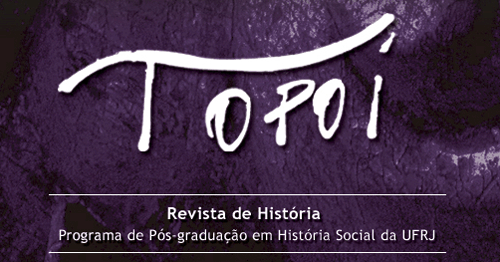Tobacco (Nicotiana sp.) was one of the New World´s botanical elements that most whetted the curiosity of many travelers, scholars, physicians and natural philosophers on both sides of the Atlantic. The plants of the Nicotiana genus quickly gained notoriety among men of letters. The hiatus between the first descriptions about the predicates of tobacco and its introduction in Europe was considerably short. It is possible that the rumors about the properties of tobacco have arrived in Europe at the same time as the first leaves or seeds. Many of these reports included information about its use by indigenous peoples. Tobacco's relevance in the Amerindian cultures raised in Europeans, even with all cultural barriers, a considerable interest for its potential applications and an overwhelming willingness to justify its use.
tobacco, sixteenth and seventeenth centuries; natural philosophy; New World; indigenous peoples.
